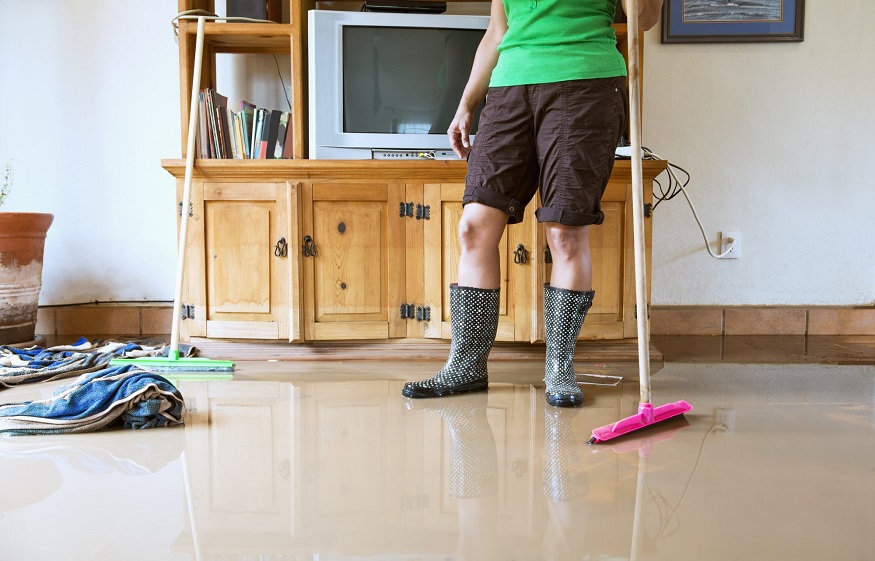Most people don’t give much thought to mold. And this is what makes it one of the biggest dangers to one’s property. Mold can cause a tremendous amount of damage to property. Even worse, it can present a clear danger to the health of anyone within that property as well. To top it all off, mold is often difficult to find with the unaided eye. This makes it a danger which is typically both out of sight and out of mind.
Thankfully many of these problems disappear once one accepts the dangers of mold. This opens up two ways to deal with the dangers of mold. First, one is able to actually look for and detect mold. Second, if mold is found then one can take the proper steps in order to deal with it. Finally, one will be able to fix the problem by looking for mold damage restoration. Of course one begins by simply starting to look for mold.
Finding mold is complicated by the fact that there are so many different types. Black mold is usually considered the most dangerous. However, almost any type of mold can cause health problems with long term exposure. As such, one should exercise care when looking for mold. Mildew is the easiest type of mold to identify. It typically begins as little black spots on a damp surface. One can simply dab a few drops of bleach on the area to see if it’s mold. If suspicious areas lighten after a few minutes then it’s probable that one has found mold.
Mildew typically doesn’t cause much damage to an area it’s growing on. But this isn’t the case for all types of mold. One can often detect mold that causes structural damage and rot by simply probing the area with a screwdriver or other sharp tool. If the wood is softer than it should be, or if it crumbles, this too should be considered a mold infestation.
Read more: Design Ideas for Your Apartment BalconyOne can also typically find mold by looking for abnormally damp areas. Mold often develops in areas which can remain damp for extended periods of time. This often takes the form of a leak. For example, a shower might have water collecting behind plates or tiles. If it’s doing so one typically won’t notice the small drip without actively looking for it. However, mold doesn’t require much water in order to start spreading there. Plumbing leaks are another common source of mold related issues.
Plumbing leaks can soak wall interiors without any visibility to the unaided eye. This can make them particularly dangerous. The mold can develop on the backside of the wall without one ever noticing. By the time it spreads outward to a visible area the substrate will have become infested with mold. It’s important that one can look for mold damage restoration as early on in this process as possible.
Flooding related damage is another factor which can raise probability for mold growth. In cases of flooding the chances of mold go up by a significant amount. This is because flooding will ensure that a good percentage of one’s property remains damp for extended periods of time. The mitigation efforts for mold will usually involve dealing with the flood related damage as well.
In fact, the mitigation efforts for flooding damage and for mold treatment tend to overlap quite a bit. This is because mold treatments aren’t just about removing the mold itself. The experts come in to take care of the totality of any given situation. This means restoring the environment where the mold was growing. It’s an important step due to the dangers of new mold simply finding its way into that area to grow all over again. Solid mitigation efforts take care of both the mold and the environment in order to ensure it won’t come back.




